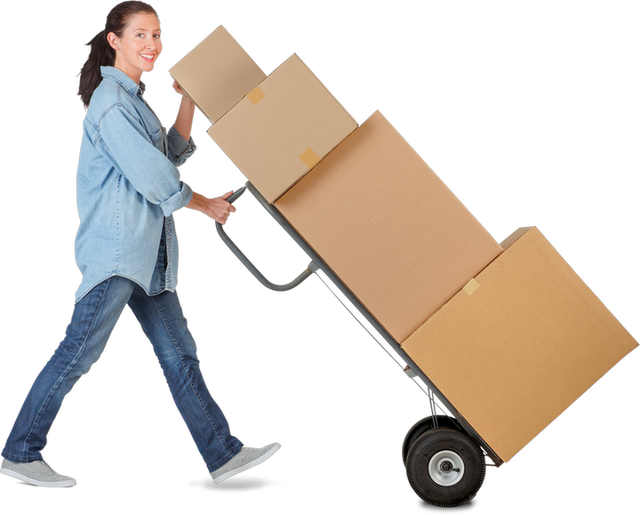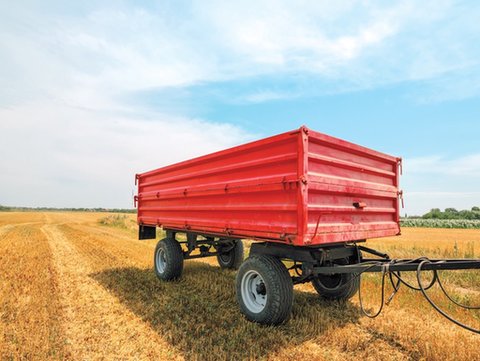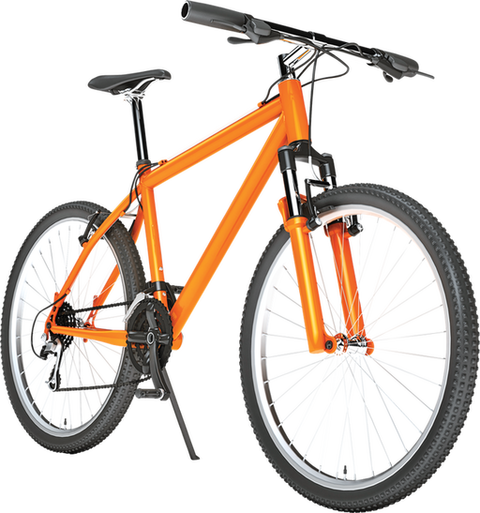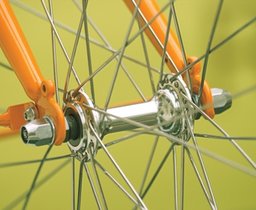
Problem
“Wow,lookatalltheseterrificbooks!”youexclaimasyouskimoversomeofthetitlesinacardboard box.
“Yeah,”yourfriendagrees,“buthowarewegoingtogetthemtothe library?”
It’sBookDonationDayatschool.
Astrongstormhadsweptthroughtownamonthago.Partoftheschoolhadbeendamaged,includingthelibrary.Noonegothurt,buttherainandwindruinedmanyofthebooks.Sostudents,teachers,andparentsorganizedabookdrivetorestockthe library.
Whatasuccess!Peoplehavebeendroppingoffboxesofbooksallmorningatoneoftheschoolentrances.Heavyboxesofallsizesarestackedupandadozenvolunteersarereadytocarrythemtothe library.
Buttheboxesareheavy—reallyheavy.Thelibraryistoofarawaytopushordragtheboxes.Andit’shardforeventwopeopletocarryone.Youandtheothervolunteerscouldleavetheboxesandjustcarryafewbooksatatime,butthatwouldtaketoolong.Therehastobeabetter way.
Solution
Youthinkforamoment.“I’vegotit!Comeon,wehavetogototheMaintenance Office.”
Fiveminuteslater,youandyourfriendareallsmilesasyoucomewalkingdownthehallwaypullingtwodollycarts.Thevolunteerseasilystacktheboxesonthedollies.Thenit’seveneasiertorolltheboxestothelibrary,unloadthem,andheadbackformore.Witheveryoneworkingtogether—andwiththerighttools—thejobisdoneinnotime.Well done!

It's Simple
Whatmadethedolliessuchgoodtoolsformovingtheheavyboxes?It’ssimple!Thewheelsonthedollyarepartofasimplemachine.Likeallmachines,simplemachineshelpusdojobs,usuallybymovingthingsfaster,farther,ormoreeasilythanwecanwithoutthe machine.





axle
wheel
axle
Adollycartmaynotlooklikeatypicalmachine.It’snotbigandpowerfullikeacaroratrain.Itdoesn’tvroom!screech!orswoosh!likealawn mower,apowerdrill,oradishwasher.Theseareallcomplicatedmachineswithlotsofparts.Simplemachineshavenomorethanafewparts.Infact,somearemadeofonlyonepart.Nearlyeverymachine,nomatterhowcomplex,containsoneormoresimplemachines.Thinkaboutaschoolbus.Thehingesonwhichthedoorsswingopenarelevers.Thestairsyouclimbtoboardthebusareatypeofinclinedplane.Screwsmightholdtheframeoftheseatstothefloor.Andofcourse,thewheelsprovidethesmoothrideto school.
Youcanfindwheelsandaxlesonwagonsand bicycles.
MachinesThatGoRound
Ifamachineturnsinacircle,itisprobablyasimplemachinecalledawheelandaxle.Awheelisadiscthatturnsroundandround.Youprobablyknew that.
Wheelsdon’tworkbythemselves,though.Theyhavepartners—axles!Anaxleisarodconnectedtothecenterofawheel.Theaxleconnectsthewheeltoavehicle.Whentheaxlemoves,sodoesthewheel,andsodoesthe vehicle.
Wheelsandaxlesmakeiteasiertomovethings,likeawagonfulloflogsoraboxfullofbooks.Imaginepullingsuchaloadwithoutwheels.Thebottomofthewagonwouldscrapeagainsttheground.Asyoupullforward,theforceoffrictionpullsintheopposite direction.
Wheelsgiveyouabigadvantageinthistug‑of-war.There’slessrubbingandfrictionwithwheels.Also,wheelsroll.So,ittakesasmalleffortfromyoutopullthewagonandkeepit going.